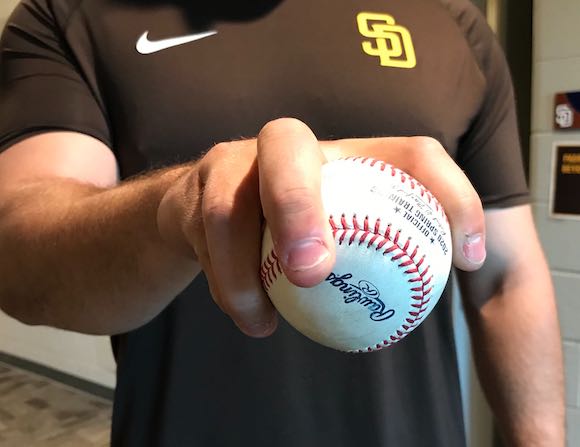How Optimistic Are You That the 2020 Season Will Be Played?
The exact date of this season’s Opening Day is still unknown, and what with the negotiations between the players and the owners over what to do should there be no baseball played at all this year, it wouldn’t be a surprise if 2020 proved to be a lost season entirely. Given that uncertainty, having our readers guess when the season will begin might be of little utility. And of course, the subtext of guessing when the season will start involves taking a guess at when the COVID-19 pandemic will end, or at least subside sufficiently for us to attempt a return to something resembling normalcy; that’s a tricky, and potentially insensitive, question to contemplate, particularly in service of something as relatively trivial as baseball.
However, it does seem to be of some utility to determine how you, our readers and fellow baseball fans, are feeling about this baseball season. Normally, this time of year is marked by us coming together to share our hopes for individual players and teams. Optimism abounds. But players and teams are at home. So instead, we can share our hope for baseball being played at all. To that end, here is a series of questions meant to gauge your thinking on what this year will look like — or not look like — for baseball. Read the rest of this entry »

